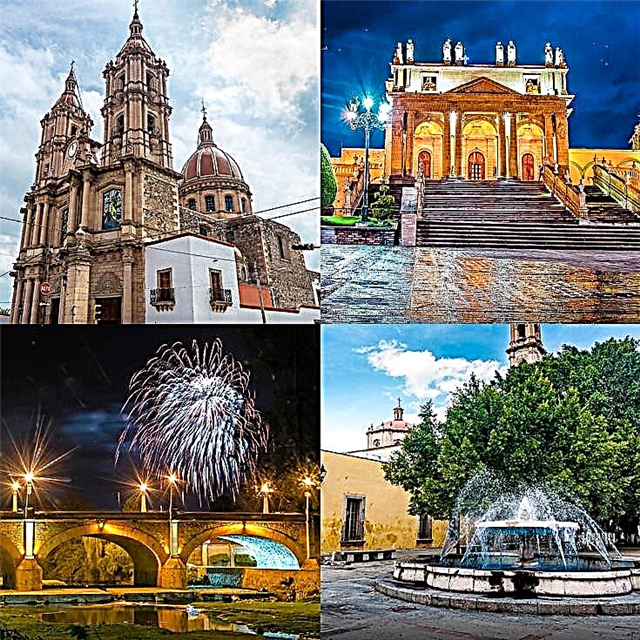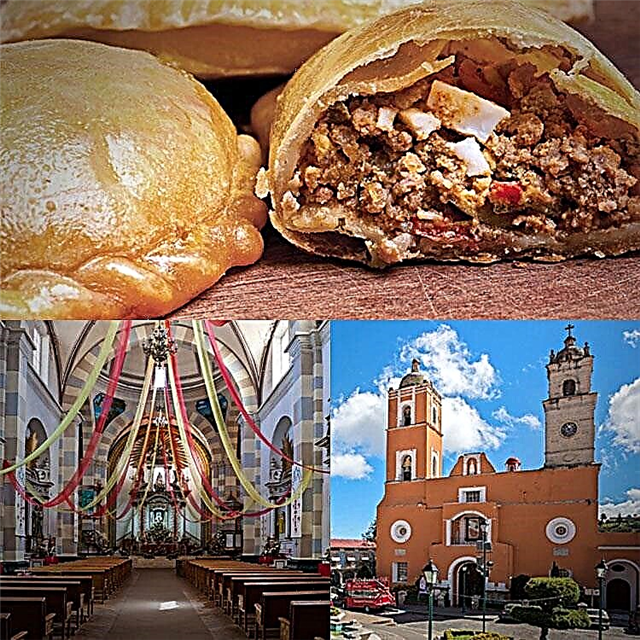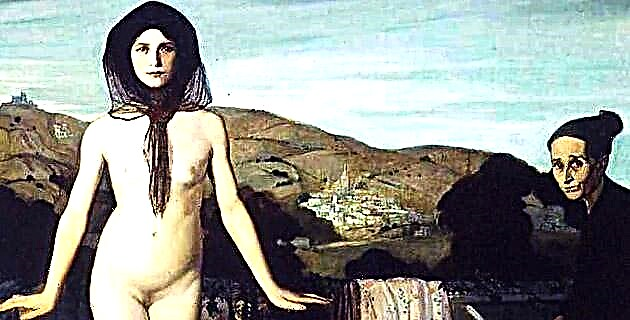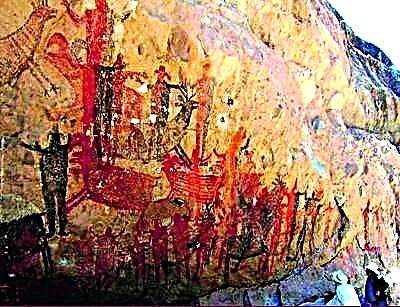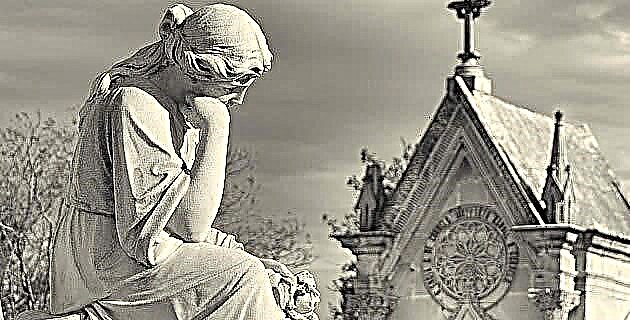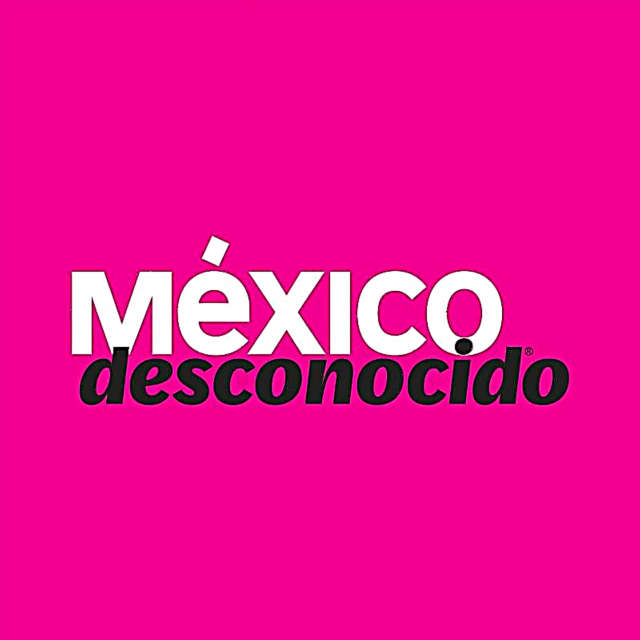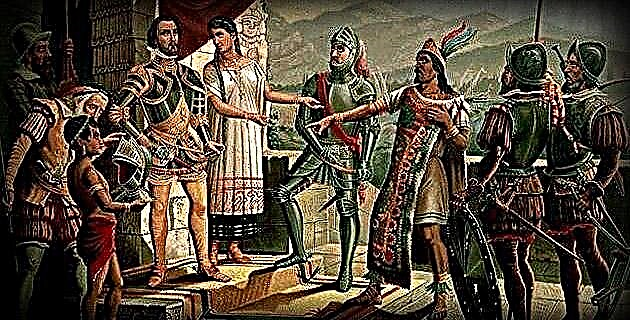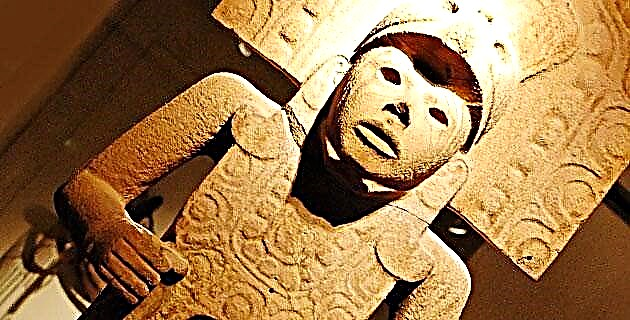
The complex religious world of the Huastecos is essentially manifested in their sculptures, as there are few complete examples of religious architecture that are preserved to this day.
For example, the pyramidal buildings that are located in the Las Flores neighborhood, in Tampico, or those of Tantoc, in San Luis Potosí, are hardly perceptible, and most of them remain covered by vegetation.
Beginning in the 19th century, the beauty and curiosity that these sculptures arouse caused them to be transferred to various cities around the world, where today they are exhibited as exemplary works of pre-Hispanic art in the most important museums in the world, as is the case with the figure called " The Apotheosis ", in the Brooklyn Museum in New York, or" The Adolescent ", pride of the National Museum of Anthropology in Mexico City.
For many centuries after the Christian era, the Huastecs integrated a complex religious structure in which their deities were shown essentially with a human aspect, and they were recognized from the clothing, attire and ornaments that indicated the scope of the nature where they exercised their power. Like other peoples of Mesoamerica, the Huastecs located these deities in the three planes of the universe: the celestial space, the surface of the earth and the underworld.
Some sculptures of the male sex can be associated with the solar deity due to their complex headdresses, in which their characteristic elements are recognized, such as the rays in the form of highly stylized angles, the sacrificial spikes and the calendrical signs that are shaped like points, multiples of the number four, equivalent to the quadripartite view of the universe. We well know that the Huastecos of the Late Postclassic imagined the solar deity as the luminous disk that expands its heat through its four rays, which are complemented by the spikes of the sacred self-sacrifice, as seen in the beautiful polychrome plate that comes from Tanquian, San Luis Potosi.
The planet Venus, with its peculiar movement in the celestial sphere, was also deified; The sculptural images of this numen are identified by the headdresses, the bibs and the clothing in which the symbol that identifies it is rhythmically repeated, a figure of three petals or elements at an angle with a circle in the center, which, according to the scholars, marks the celestial path of the deity.
The sculptures representing the Huastec gods wear characteristic headdresses, which are a kind of extremely elongated conical cap, behind which a half-circle glow can be seen; thus, the male and female numbers show the elements that give them their identity on the surface of the curved glow or on the band at the base of the conical cap.
The feminine force of nature, which is expressed in the fertility of the land and of women, was deified by that coastal town in the figure of Ixcuina, representing her as an adult woman, with the typical conical cap and circular glow, and with prominent breasts; her reproductive capacity was indicated by her outstretched hands with the palms on the belly, as a reminder that the pregnancy process manifests itself with the prominence of this part of the body.
To carry out their work, the sculptors of that region chose sandstone slabs of a whitish yellow color, which over time acquires a very dark cream or grayish hue. The carving was done with chisels and axes of hard and compact rocks, such as the nephrites and diorites that were imported from other regions of Mesoamerica. We suppose that in the historical epoch of the Huastecs, which corresponds to the beginning of the 16th century, when they were conquered by the Spanish, in addition to those polished stone instruments, they used hatches and copper and bronze chisels that allowed better effects in carving.
The deities of the underworld were also represented by the artists of the Huasteca region, in the manner of characters whose headdresses show prominent emaciated skulls, or they show the heart or liver of the sacrificed under the rib cage. Likewise, we know figures where the skeletal deity, with bulging eyes, is giving birth to a child. In both cases, in addition to their conical caps, the deities wear the characteristic curved earmuffs of Quetzalcóatl, associating the presence of this creative deity with the images of the underworld, noting then that the continuity of life and death were also exalted in the cult. of the Huasteco pantheon.
The images of the ancient sowers constitute one of the most characteristic sculptural ensembles of this civilization. Sandstone slabs with wide flat surfaces and little thickness were used for its manufacture; these works always showed an elderly man, stooped, with slightly bent legs; with both hands he holds the seeding stick, in the ritual act with which the agricultural process began. The character's features characterize an individual with a deformed skull, with the typical profile of the Huastecos, with a lean face and a prominent chin.
In the Huasteco world, cults of a sexual nature had an intimate association with the fertility of nature and with the abundance of births that society required for the defense of its cities and expansion into new territories; thus, it should not surprise us that some of the sculptural figures show sex in the open, such as the aforementioned "Adolescent".
The most unique ritual object of Huastec art is a large phallus that was found by a group of travelers around 1890, when they were visiting the small town of Yahualica, in the Hidalgo region; The sculpture was in the center of a square, where flowers and bottles of brandy were offered to it, thereby seeking to promote the abundance of agriculture.

